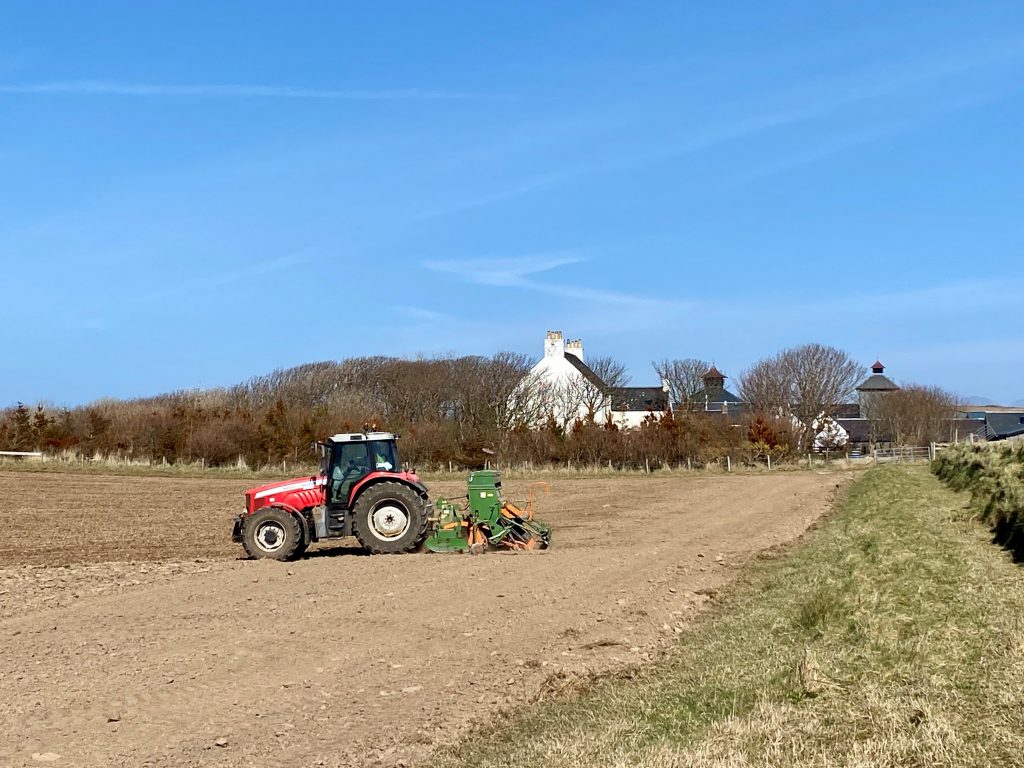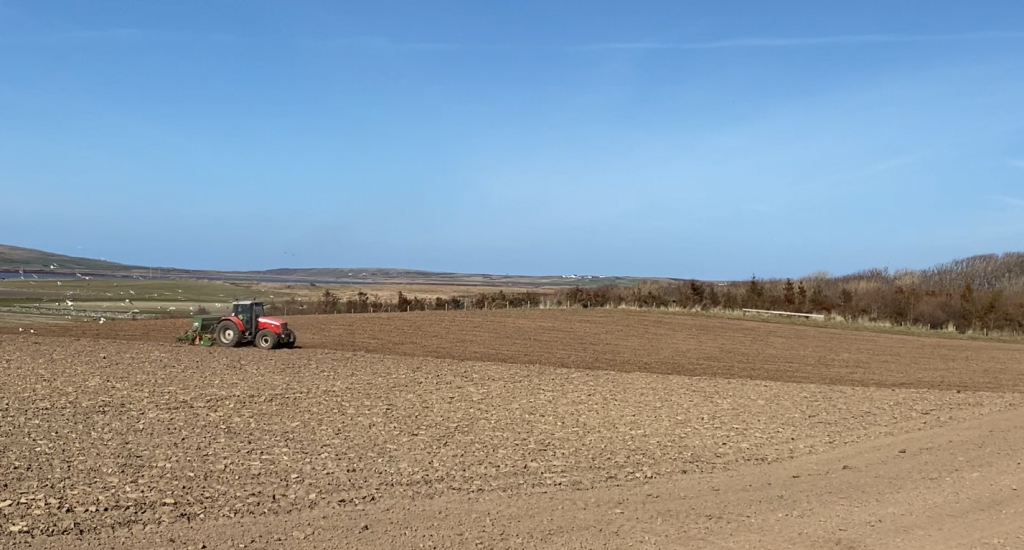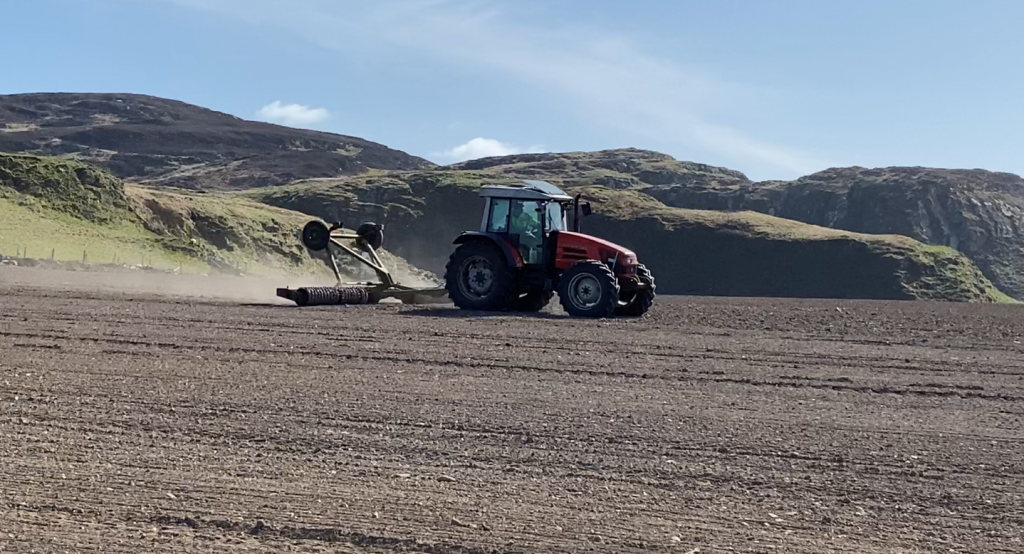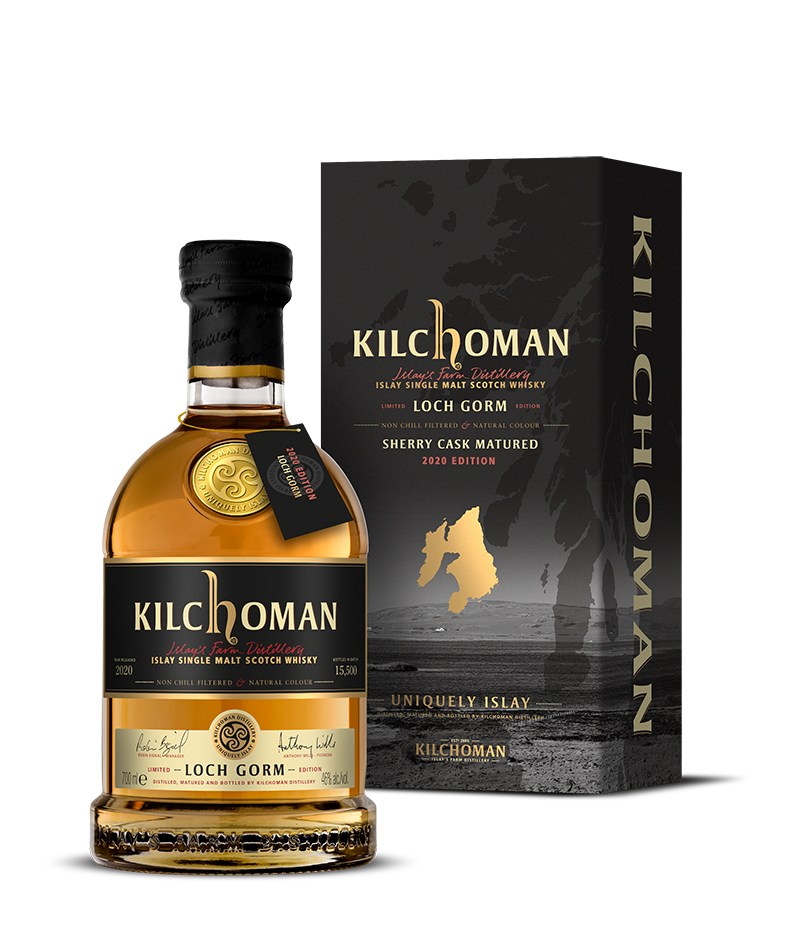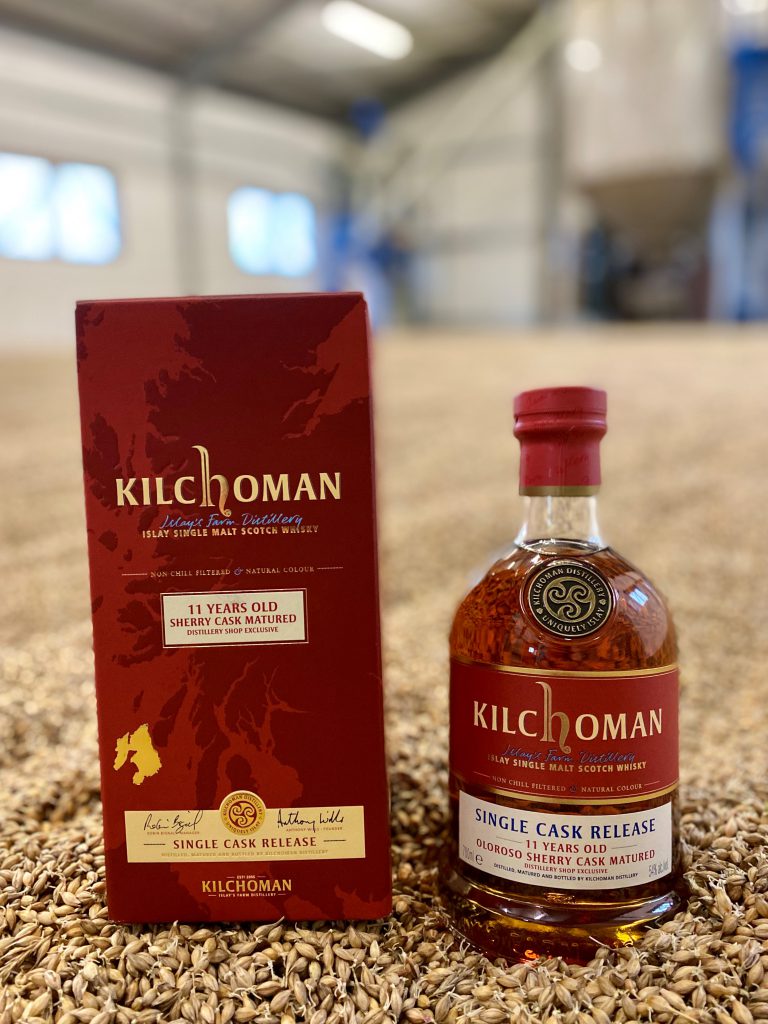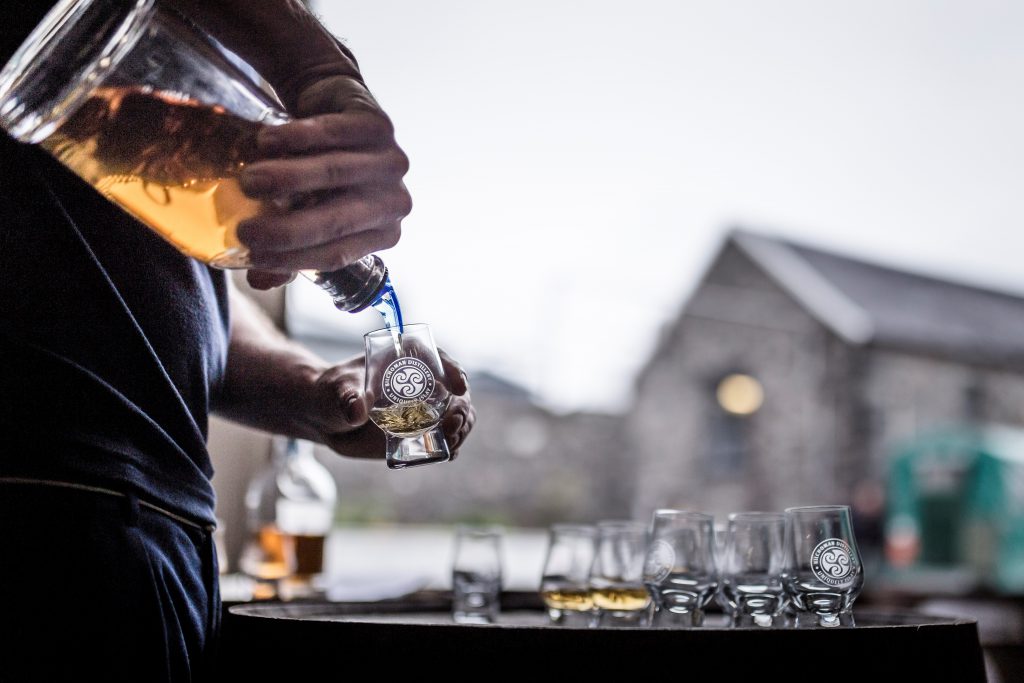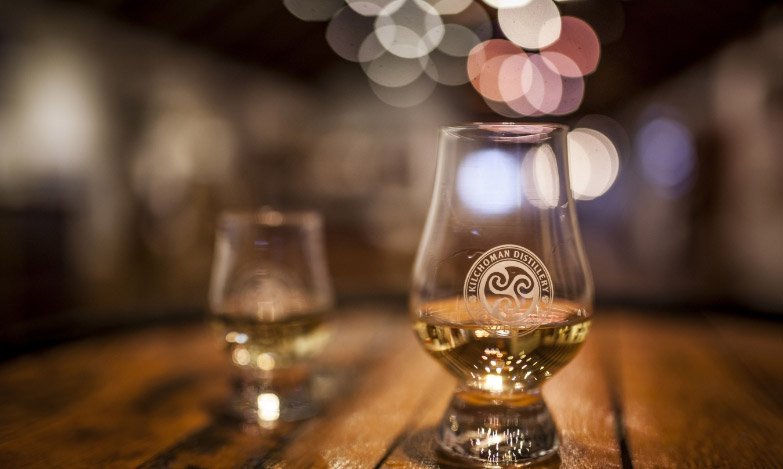JOIN US FOR ONLINE FÈIS ÌLE– THURSDAY 28th MAY
12 noon (Islay Time) – BARLEY – We talk all things barley, cows, sheep and Islay with General Manager, Islay.
13.00 – MALTING – Then on to the malt floor to meet up with Maltman, Derek, to discover the art of floor malting.
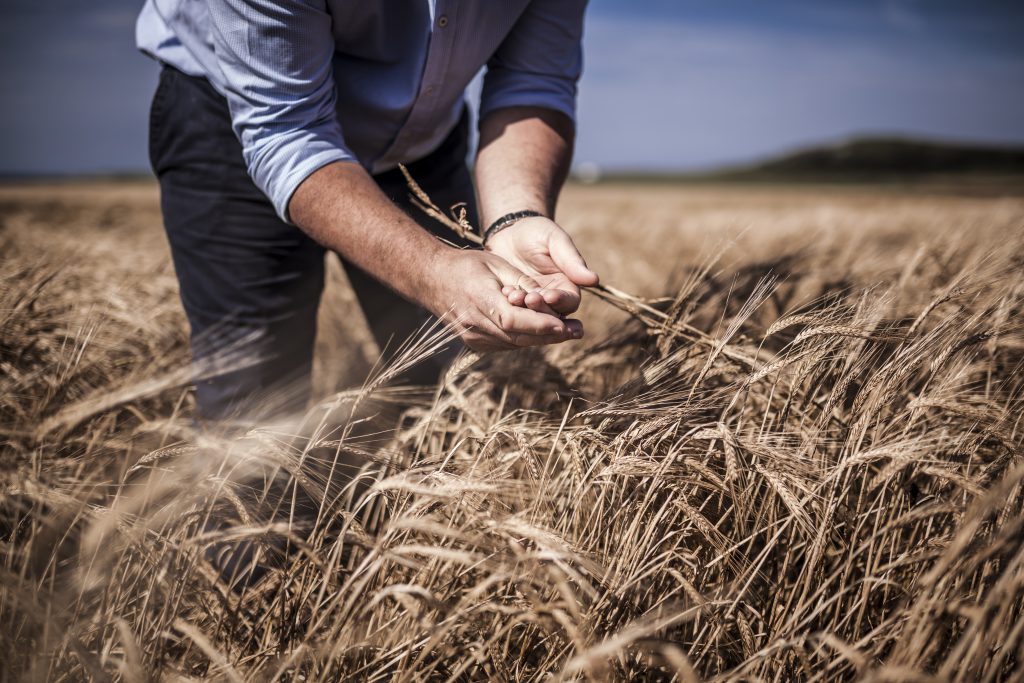
14.00 – DISTILLING – We discuss the intricacy of stills and the distillation process with Production Manager, Robin.
15.00 – CASKS – Then off to the warehouses for an overview of our maturing stocks with Anthony, Kilchoman Founder.
16.00 – BOTTLING – Last but not least we take a look inside the bottling hall with Bottling Manager, Michal.
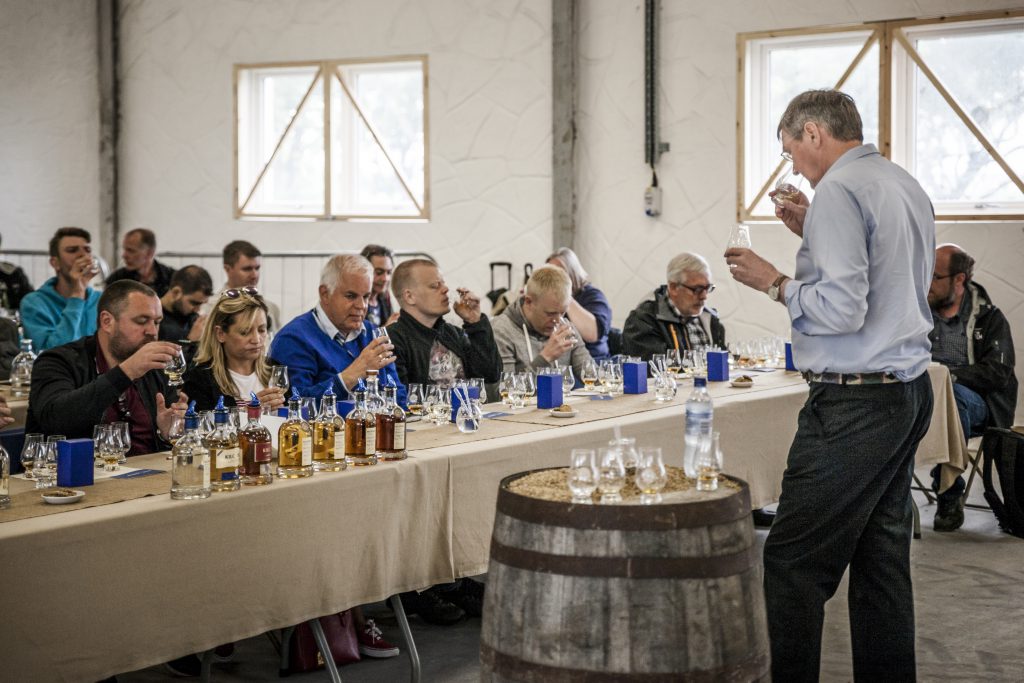
18.00 – LIVE TASTING – GEORGE & PETER’S CORE RANGE (4 x 20ml packs with tasting glass available Tues 12th May -£19.99) – George & Peter Wills taste through our best known core range and limited edition Kilchoman’s including the Machir Bay, Sanaig, Loch Gorm 2020 and 100% 9th Edition.
Machir Bay – Core Expression – Our signature peated single malt is a vatting of Kilchoman matured in a high proportion of bourbon casks with a small sherry cask influence.
Sanaig – Core Expression – Although also matured in both sherry and bourbon casks, Sanaig has a high proportion of oloroso influence, giving a vastly different character to the whisky.
Loch Gorm 2020 – Limited Edition – The 2020 edition of Loch Gorm is a vatting of 21 oloroso sherry butts from 2007, 2008, 2009 and 2011.
100% Islay 9th Edition – Limited Edition – Distilled from our 2007 and 2009 barley crops, the 9th edition is a vatting of 43 ex-bourbon barrels matured for over 9 years in our on-site dunnage warehouses. Bottled at 50% abv, we’ve released a total of 12,000 bottles.
19.00 – LIVE TASTING – ANTHONY WILLS’ BARLEY AND YEAST (4 x 20ml packs with tasting glass available Tues 12th May – £25) – Anthony will explore how different barley and yeast varieties influence the character of our whiskies.
Concerto Barley – Bourbon Barrel 784/19 – Label Info: Barley Variety: Concerto, Field: Stone Cottage Field, Sown May, harvested September 2018, Kilchoman Malted: Peating Level 20ppm, Cask Type: Fresh Bourbon Barrel (Buffalo Trace), Distilled 07/07/2019, Bottled 04/05/2020
Octavia Barley – Bourbon Barrel 935/19 – Label Info: Barley Variety: Octavia, Field: Stone Cottage Field, Sown May, harvested September 2018, Kilchoman Malted: Peating Level 20ppm, Cask Type: Fresh Bourbon Barrel (Buffalo Trace), Distilled 07/07/2019, Bottled 04/05/2020
Mauri Yeast – Oloroso Hogshead 429/19 – Barley source: Port Ellen Malting,Peating Level: 50ppm. Yeast: Mauri. Cask Type: Oloroso Hogshead Distilled: 07/05/2019 Bottled: 04/05/2020
Kerry Yeast – Oloroso Hogshead 497/19 – Barley source: Port Ellen Malting,Peating Level: 50ppm. Yeast: Kerry. Cask Type: Oloroso Hogshead Distilled: 25/05/2019 Bottled: 04/05/2020
20.00 – CASK AUCTION OPENS FOR BIDS + LIVE TASTING – FÈIS ÌLE RELEASE

Due to the cancellation of Fèis Ìle 2020, this years release is an online exclusive with just 2630 bottles available at cask strength (54.2%). This release is matured in ex-bourbon barrels for a minimum of 12 years.
The Fèis Ìle Release and Tasting Packs will be available from the Kilchoman website at 2pm on Tuesday 12th May.
*Limited to two bottles per person and unfortunately we are currently unable to ship to the USA*
Due to popular demand, we have organised another online tasting event which you can take part in from home on Friday 10th April 6pm (UK time).
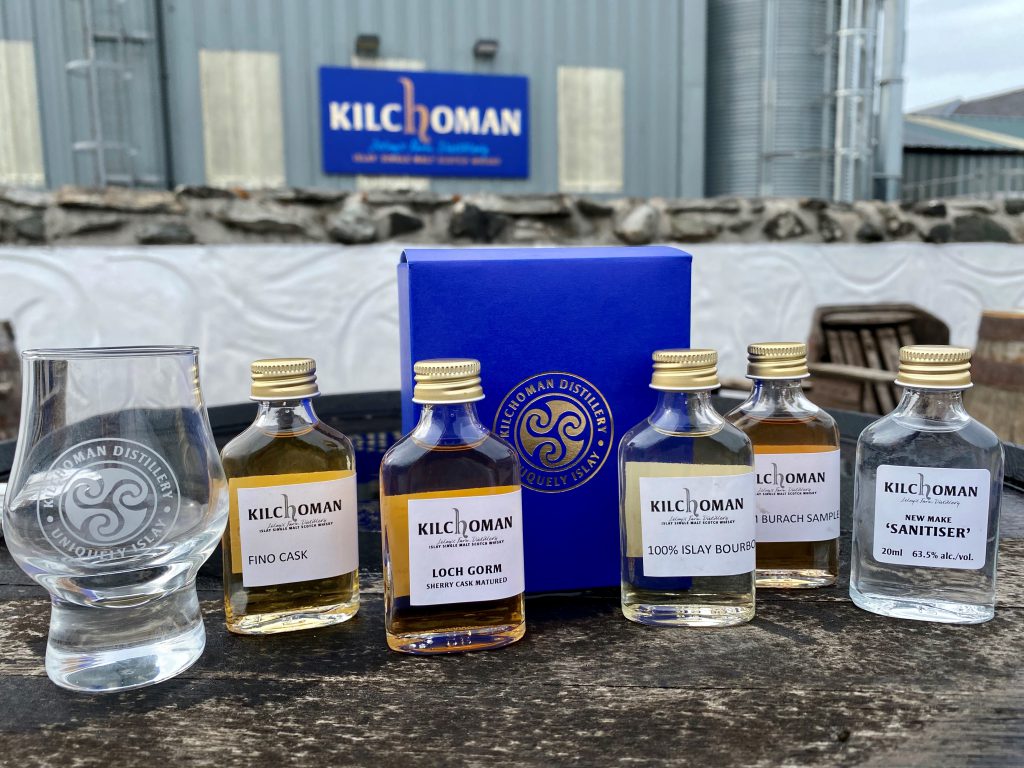
In this Tasting Pack there is a mixture of a new release, a pre release and cask samples to get stuck into as Anthony and James discuss all things Kilchoman.
* Fino Cask – 59%abv
* Am Burach Sample – 46%abv
* 100% Islay Bourbon Barrel – 55.3%abv
* Loch Gorm – 46%abv
The New Make ‘Sanitiser’ is a little extra thrown into the pack for you, at over 60%abv the spirit running from our stills can act as a hand sanitiser to kill off the germs pre tasting.
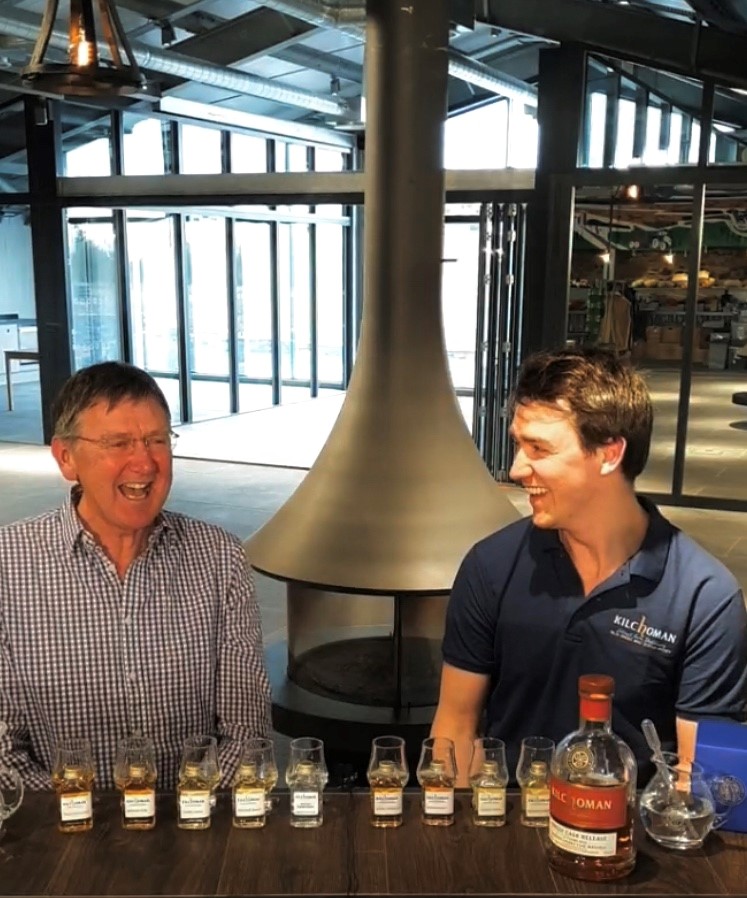
coming out in 2020.
With the 2020 Preview Tasting Pack you can taste along with your Kilchoman Glencairn glass as Anthony and James Wills preview the 4 limited edition releases coming out in 2020. Even if you didn’t manage to get a tasting pack, please still pour yourself a dram, join us and interact with the guys in the comments section during the tasting. Feel free to also ask any and all questions you want!
EXCITING ANNOUNCEMENT – Introducing ‘The Lockdown Whisky Festival’ brought to you live at home!
Join us, and 11 other fantastic whisky producers, from the comfort of your own home on Saturday 4th April 2-5pm (UK time) for a live virtual whisky festival on Youtube.
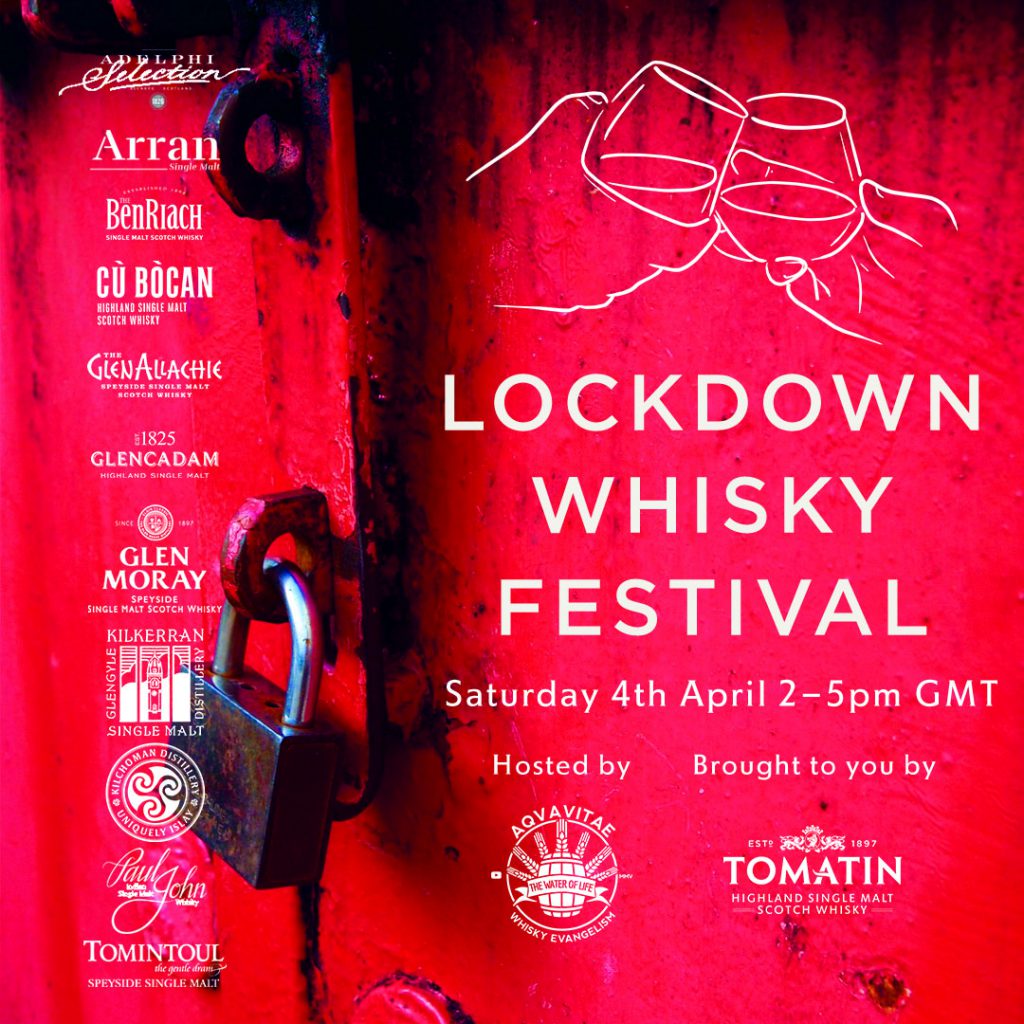
featuring 12 different whisky producers
The festival will be hosted by Roy Duff @aqvavitae who will lead Q&A sessions with each brand participating so get your questions ready and we’ll see you live next Saturday.
Set your reminder here: https://www.youtube.com/watch?v=1HXoLCGm6e0
Tune in for another Instagram live Friday 27th March at 6pm UK time. (Please note this is separate from the tasting packs that went on sale earlier this week, they are for the live tasting on Friday 3rd April).

Join Anthony and James as they talk you through 3 different Kilchoman expressions of 3 different ages….
– Spring Release 2011 (3 years old)
– 2010 Vintage (9 years old)
– Distillery Shop Exclusive Sherry Cask (11 years old)
Best not mention the ages of James and Anthony!!
Exciting Announcement! Friday Night In With Anthony Wills….. Anthony Wills, Founder and MD at Kilchoman, will be live on Instagram for your Friday night entertainment!
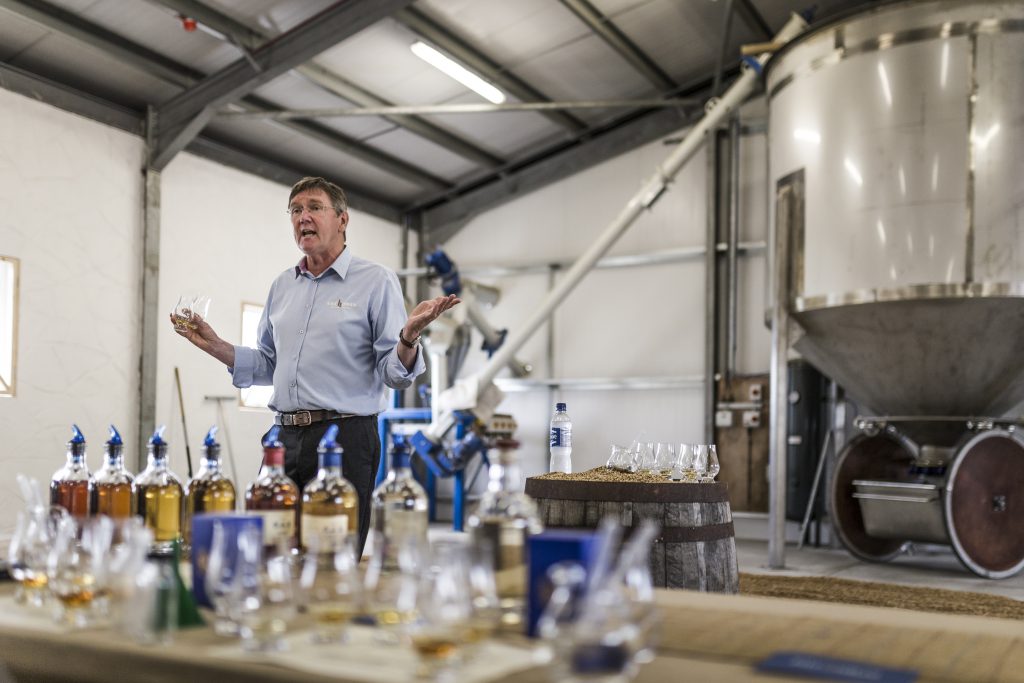
From 6pm (UK time) on Friday 20th March, Anthony will be talking about the recent expansion at Kilchoman and what else is new at the distillery, as well as tasting through our core range of whiskies – Machir Bay, Sanaig, 100% Islay and a sneak peak of the upcoming Loch Gorm 2020 release.
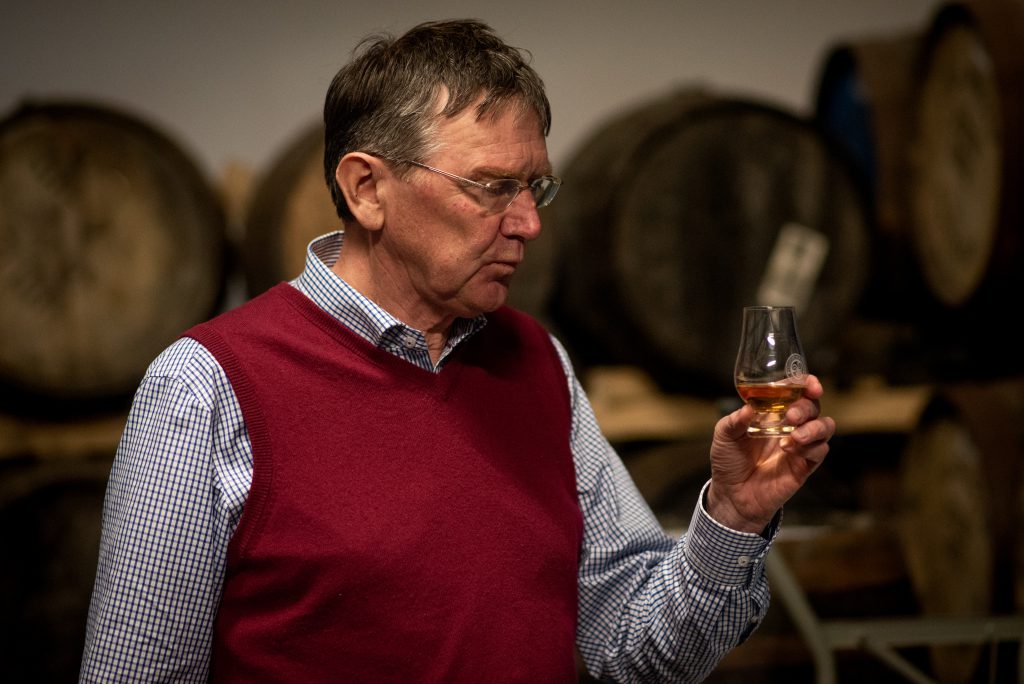
If you have any of these releases in your whisky collection then crack open the cork and taste along as Anthony samples through the range, giving his insight on the ethos and blending of each one.
Feel free to ask him all the questions you want answered on Kilchoman and our Single Malts.
Go to our Instagram account to access the live event @kilchomanwhisky
Following a meeting between all distilleries on Islay & Jura, we have decided to close the distillery as a preventative measure against Coronavirus.
Kilchoman Distillery will close from 5pm Tuesday 17th March until further notice. We are deeply saddened that the situation has come to this point but the health and safety of everyone is of the utmost priority to us.
We will continue to keep you updated through our social media platforms. If you have any queries please contact us by telephone +44(0)1496 850 011 or email tours@kilchomandistillery.com
At the moment we have no specific information regarding The Islay Festival 2020. More information will follow.


